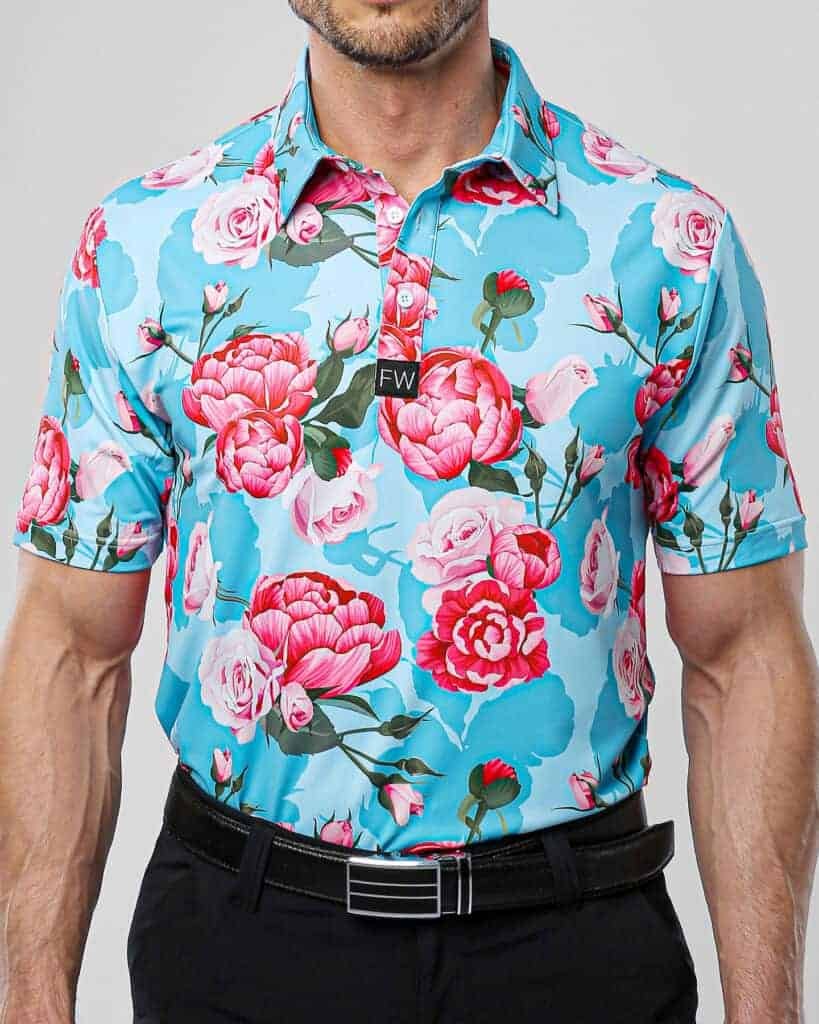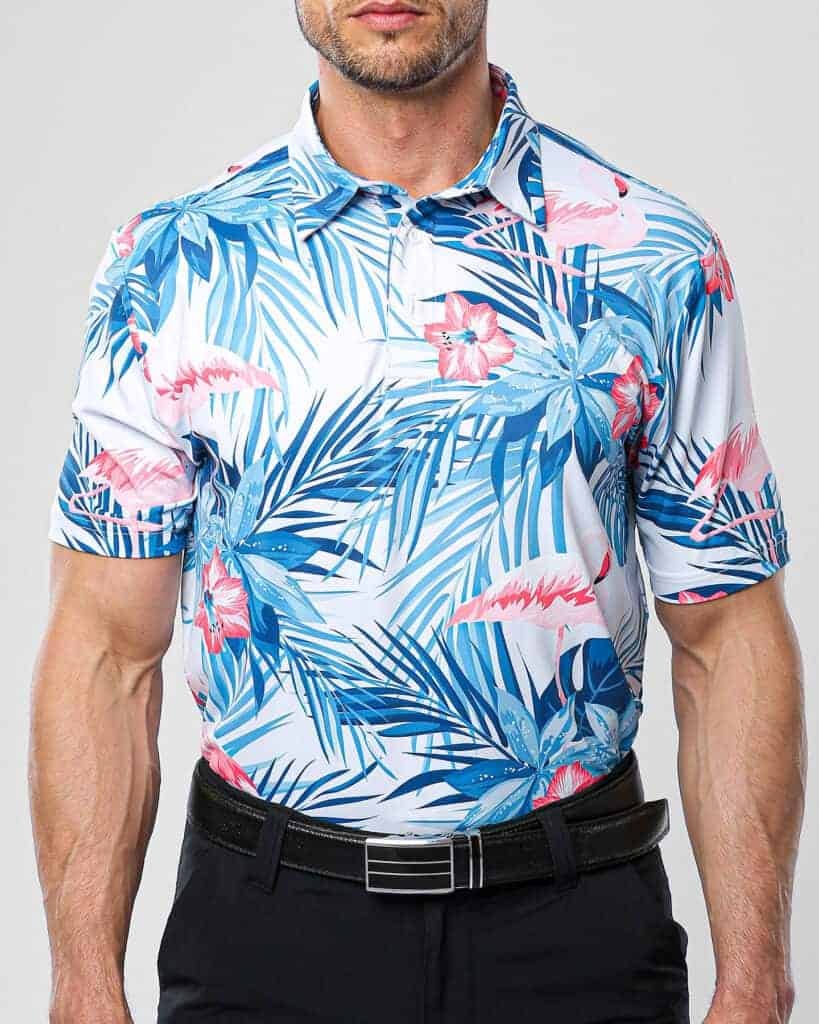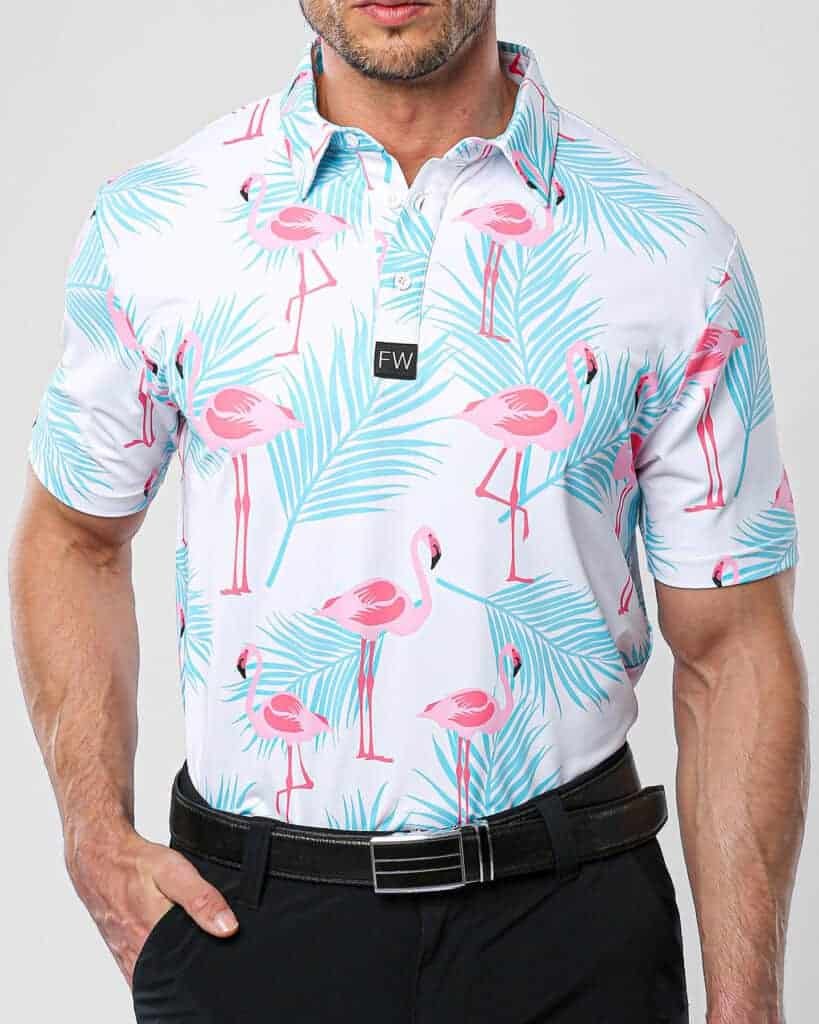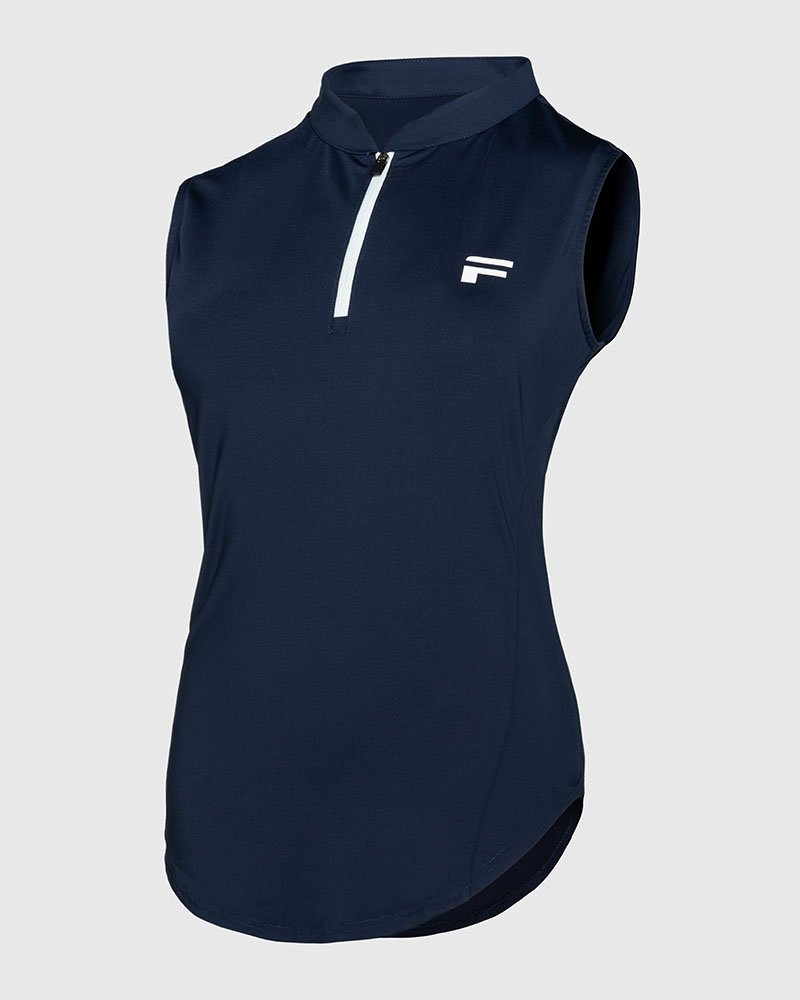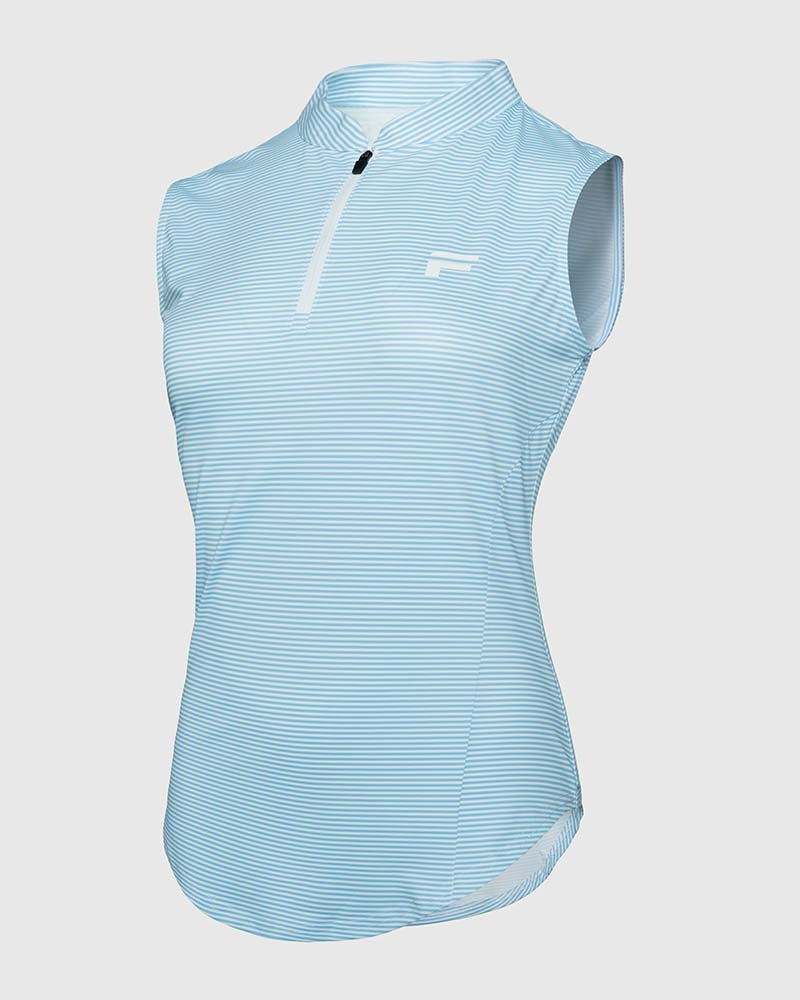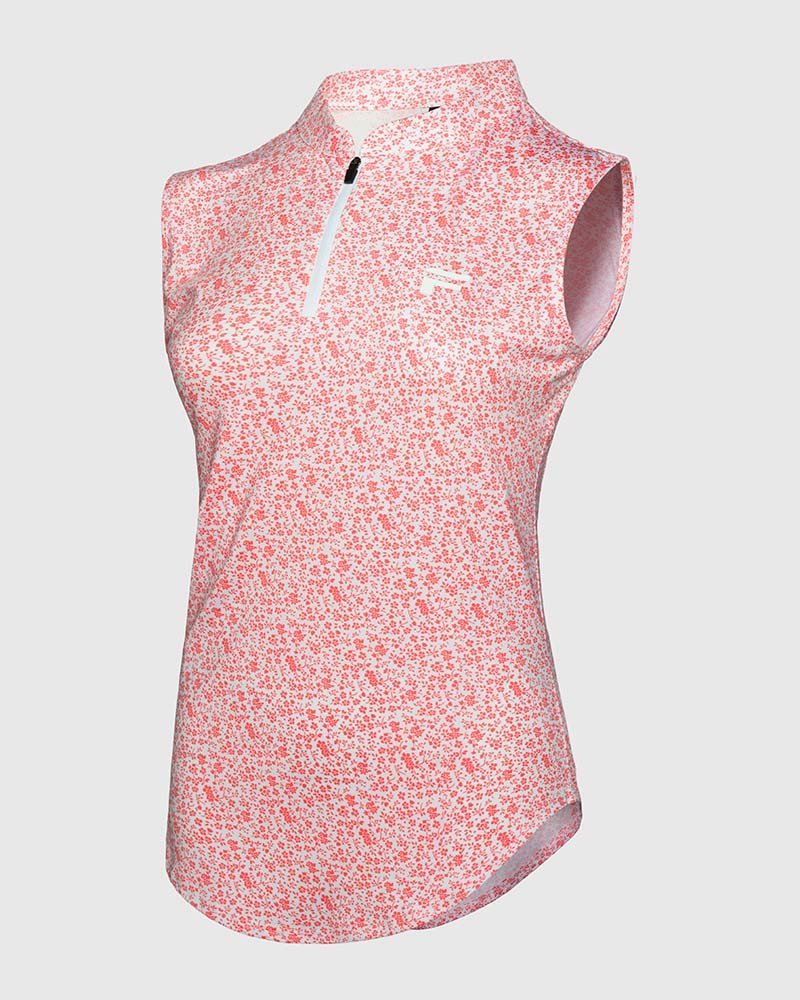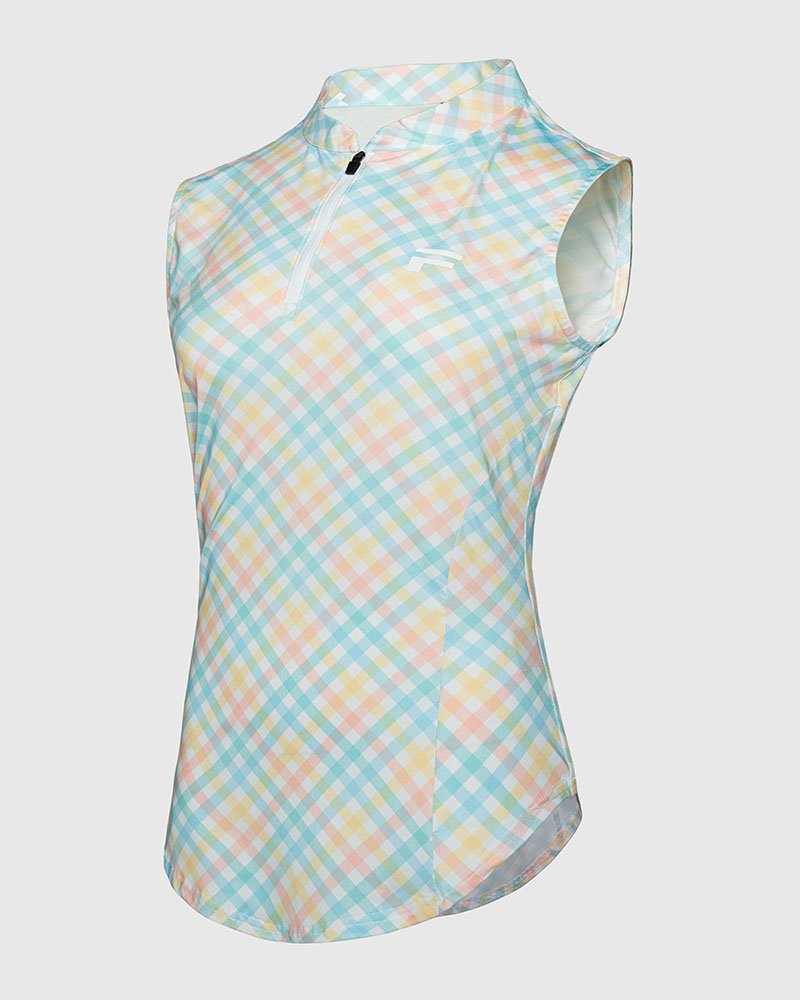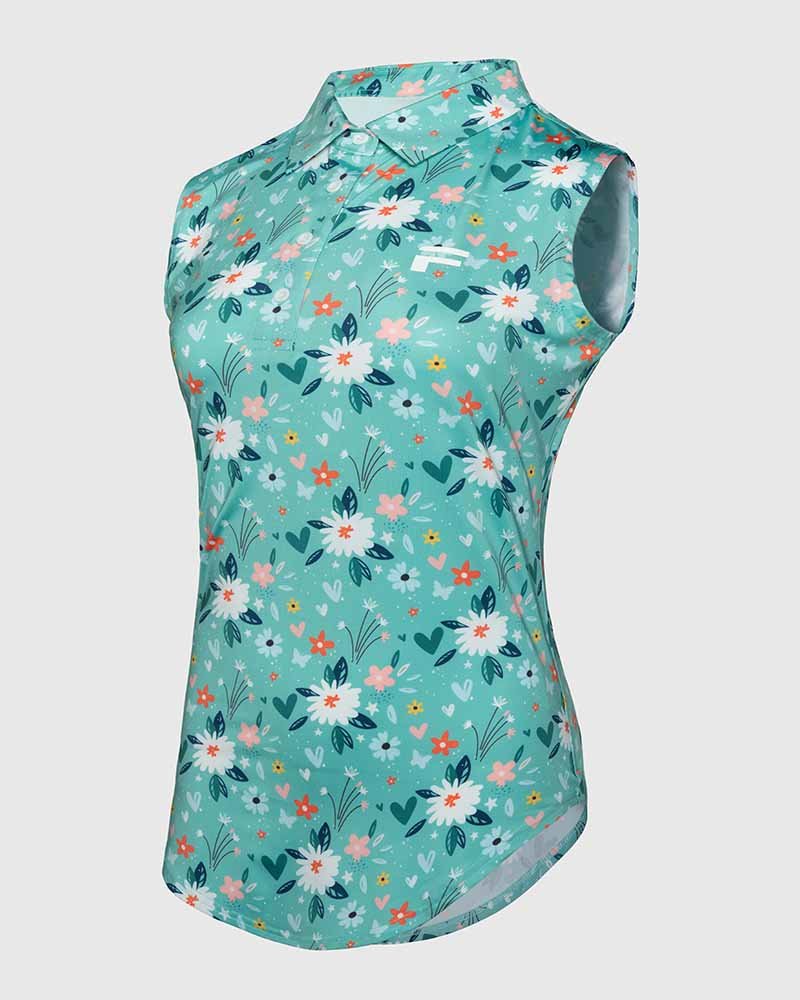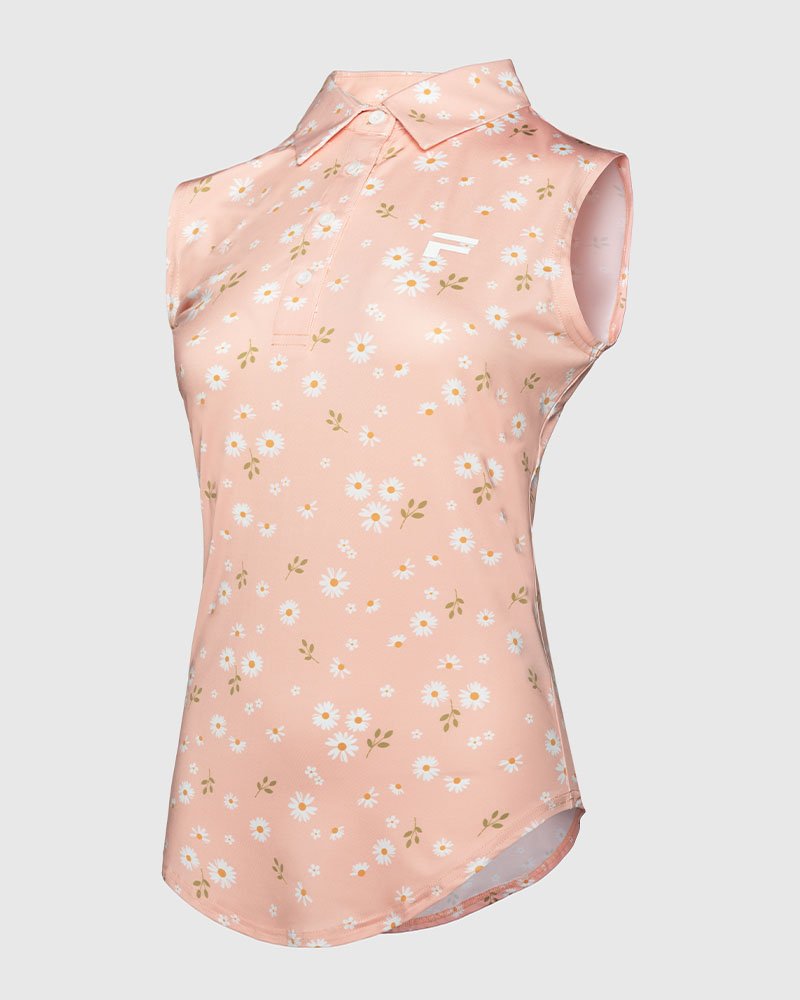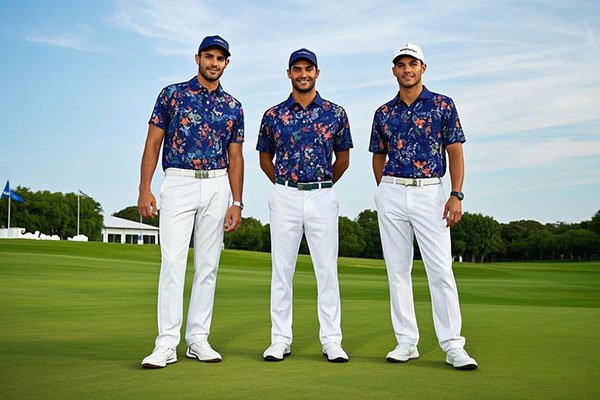
The golf apparel market is evolving rapidly, driven by a combination of shifting consumer preferences, technological advancements, and new retail strategies. Whether it’s traditional brick-and-mortar stores or modern e-commerce platforms, each channel has its own set of opportunities and challenges for golf apparel retailers. Let’s dive into a thorough analysis of these two key channels.
Golf Apparel Retail Channels: Traditional but Still Relevant
Brick-and-mortar retail remains an essential sales channel, especially in the golf apparel market, where consumers often prefer to see, feel, and try on products before purchasing.
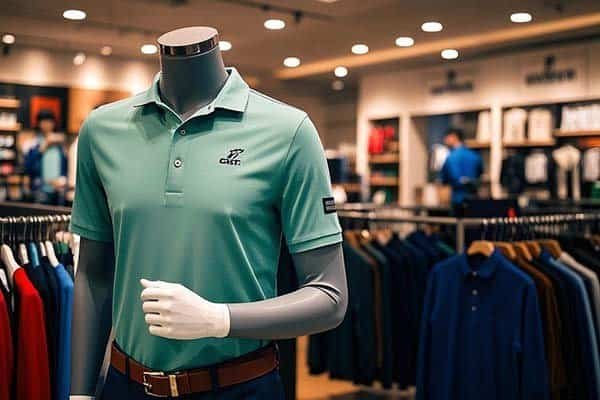
Key Retail Channels for Golf Apparel
- Pro Shops at Golf Courses
- Strengths: Direct access to core customers, ability to provide a premium shopping experience, and opportunities for personalized recommendations.
- Challenges: Limited inventory space, high markups, and reliance on foot traffic.
- Golf Specialty Stores (e.g., PGA Tour Superstore, Golf Galaxy, Golf Town)
- Strengths: Wide selection of top golf brands, knowledgeable staff, and the ability to test products (especially for performance wear).
- Challenges: Competition from online channels and pricing pressure from direct-to-consumer brands.
- Department Stores & Sporting Goods Retailers (e.g., Dick’s Sporting Goods, Nordstrom, Macy’s)
- Strengths: Broader customer reach beyond core golfers, exposure to a lifestyle audience.
- Challenges: Lower product differentiation, seasonal sales fluctuations, and competing with dedicated golf retailers.
- Luxury & Lifestyle Boutiques
- Strengths: Catering to the growing trend of golf as a lifestyle, offering high-end golf fashion with premium customer service.
- Challenges: High price points may limit the customer base, and brand awareness needs strong positioning.
The Rise of E-Commerce in Golf Apparel
E-commerce has become a game-changer in the golf apparel industry, providing brands with direct access to consumers, better margins, and valuable data insights.
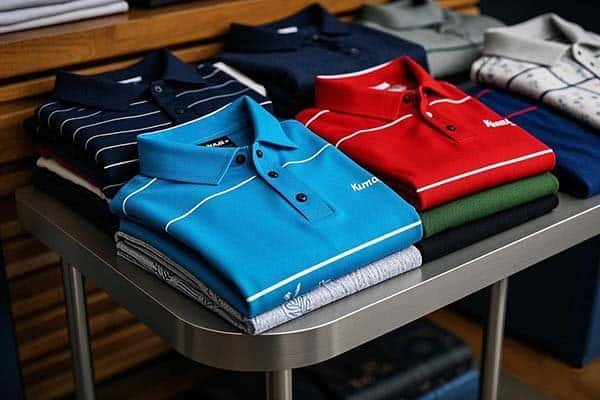
Key E-Commerce Channels for Golf Apparel
- Brand-Owned Online Stores (DTC - Direct-to-Consumer)
- Strengths:
- Higher profit margins without middlemen.
- Control over branding, pricing, and customer experience.
- Direct customer relationships enable personalized marketing (email, loyalty programs).
- Challenges:
- High customer acquisition costs (paid ads, influencer marketing).
- Logistics and fulfillment complexities.
- Strengths:
- Marketplaces (Amazon, eBay, Walmart, JD.com, Tmall, Rakuten)
- Strengths:
- Large customer base with built-in traffic.
- Fast, efficient fulfillment through marketplace logistics (e.g., Amazon FBA).
- Challenges:
- Lower brand differentiation and price competition.
- High platform fees and commission rates.
- Strengths:
- Golf-Specific Online Retailers (PGA Tour Superstore, GlobalGolf, FairwayStyles, Golfposer)
- Strengths:
- Targeted golf audience actively seeking premium golf apparel.
- Often partner with brands for exclusive product launches.
- Challenges:
- Dependency on third-party platforms for branding and pricing control.
- Strengths:
- Social Commerce & Influencer Marketing (Instagram, TikTok, Facebook, WeChat Mini Programs, YouTube Shopping)
- Strengths:
- Strong engagement with younger demographics (especially Gen Z and Millennials).
- Direct conversion from content to purchase via integrated shopping links.
- Challenges:
- Requires continuous content creation and community engagement.
- Algorithm changes can impact visibility and sales.
- Strengths:
Key Trends in Golf Apparel Retail & E-Commerce1. The Shift Toward Direct-to-Consumer (DTC) Models

Brands like TravisMathew, Malbon Golf, G/FORE, and Lululemon Golf are prioritizing their own e-commerce platforms to maximize margins and control brand experience.
- Subscription-based models (e.g., VIP clubs, personalized styling services) are emerging to create brand loyalty.
2. Sustainability & Ethical Consumerism
- Consumers are increasingly seeking eco-friendly golf apparel made from recycled materials and sustainable fabrics.
- Brands such as adidas Golf and Puma Golf are introducing collections made with performance-driven, sustainable fabrics.
3. AI-Powered Personalization & Virtual Fitting
- AI and machine learning are being used to provide size recommendations, virtual try-ons, and predictive shopping behaviors.
- Nike and Under Armour have introduced AI-driven fitting tools to reduce returns and improve online shopping confidence.
4. Social Commerce & Influencer-Led Growth
- Golf fashion influencers on Instagram, TikTok, and YouTube play a major role in shaping purchasing decisions.
- Emerging golf apparel brands collaborate with influencers to create exclusive collections or limited-edition drops.
5. Integration of Augmented Reality (AR) & Virtual Try-Ons
- More brands are experimenting with AR tools that allow customers to see how apparel looks before purchasing.
- AR is especially useful for high-end golf apparel where fit and styling are crucial factors.
Challenges in the Golf Apparel Retail & E-Commerce Space
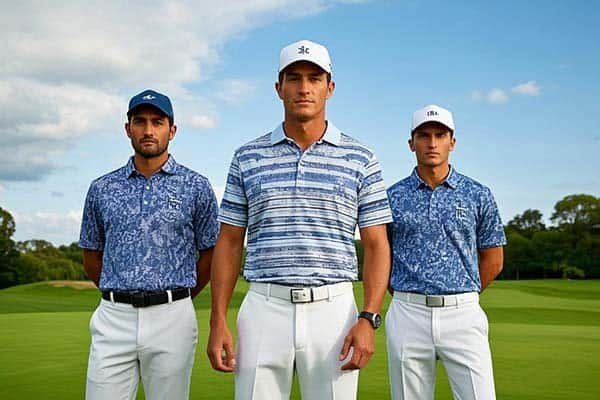
Despite the opportunities, golf apparel brands face challenges in both retail and e-commerce:
- Intense Market Competition
- With major brands (Nike, adidas, Under Armour, FootJoy) dominating, smaller brands must differentiate through niche marketing and storytelling.
- Rising Customer Acquisition Costs Online
- Paid digital advertising costs (Google Ads, Facebook, Instagram) have increased, making it harder for smaller brands to scale profitably.
- Balancing Retail & Online Pricing Strategies
- Brands need to ensure pricing consistency across retail and e-commerce channels to avoid undercutting partners or losing margins.
- Logistics & Supply Chain Challenges
- Meeting demand while ensuring efficient fulfillment is a critical factor, especially during peak golf seasons.
Future Outlook: Where Is Golf Apparel Retail Headed?
1. Hybrid Shopping Models
- The best golf apparel brands will integrate physical retail and online shopping through “BOPIS” (Buy Online, Pick Up In-Store) and showrooming strategies.
2. Expansion of Golf Fashion as Streetwear
- The crossover of golf and streetwear (seen in brands like Malbon Golf and Bogey Boys) will attract younger demographics beyond traditional golfers.
3. AI-Driven Customer Experience & Data Personalization
- Expect more personalized shopping journeys, driven by data analytics and machine learning to predict customer preferences.
4. Faster, More Sustainable Shipping Solutions
- Carbon-neutral shipping and local fulfillment centers will be key for brands focused on sustainability.
Conclusion: The Future of Golf Apparel Retail & E-Commerce
The golf apparel industry is evolving rapidly, with e-commerce and retail channels playing complementary roles. While pro shops and specialty stores remain important for in-person experiences, the growth of DTC, social commerce, and AI-driven personalization is reshaping how brands connect with consumers.
To succeed in this market, brands must balance pricing strategies, customer experience, and innovation while adapting to new trends like sustainability, AR shopping, and influencer marketing.
The future belongs to brands that can seamlessly integrate premium in-store experiences with cutting-edge e-commerce strategies—ensuring that golfers not only look great on the course but also enjoy a seamless, personalized shopping journey.



